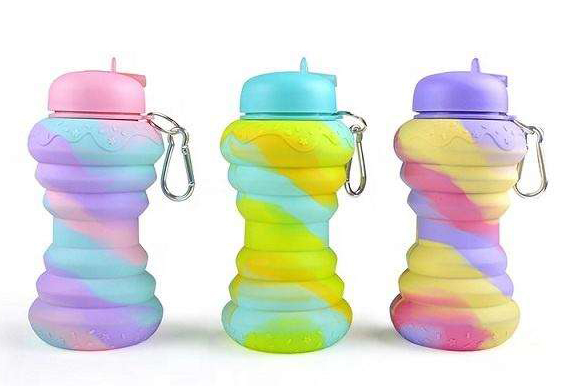Contenu
Food grade silicone is a type of high-quality silicone made from silicon dioxide (SiO2) and water. Its chemical composition, primarily SiO2·nH2O, comprises over 98% of its structure. This material is completely non-toxic, odorless, and chemically inert under normal conditions. It does not react with most acids, bases, or salts, except for strong alkalis and hydrofluoric acid.
![]()
![]()
One unique feature of food grade silicone is its porous nature, with pores around 8-10 nanometers in size. This structure gives it a vast surface area, typically ranging from 300 to 500 square meters per gram. These properties make it highly absorbent, and capable of soaking up to 100% of its weight in water under humid conditions.
Properties of Food Grade Silicone:
Safety and Transparency
Food grade silicone is an eco-friendly material that is completely safe for use with food and beverages. It is free from toxins like BPA, phthalates, and other harmful chemicals. Our silicone products, including water bottles and food containers, are designed with transparency in mind, ensuring that you can see what’s inside without compromising safety.
Flexibility and Durability
Our silicone products are known for their exceptional flexibility and resilience. They can be twisted and bent without breaking or losing shape. Whether it’s a silicone water bottle or a baby teething ring, you can rely on our products to withstand daily wear and tear.
Temperature Resistance
From the freezer to the oven, food grade silicone can handle extreme temperatures. Our silicone water bottles and food containers are designed to maintain their integrity even when exposed to boiling water or freezing temperatures.
High Tear Strength
With superior tear strength, our silicone products resist damage and last longer than many alternatives. This durability ensures that your investment in our products will pay off over time.
Stability Over Time
Unlike some plastics, food grade silicone does not yellow, sprout frost, or develop white residues. It remains stable in color and appearance, even after prolonged exposure to water, making it ideal for long-term use.
Applications of Food Grade Silicone:
Baking Accessories
Our silicone baking mats and molds are perfect for creating cookies, cakes, and pastries. They distribute heat evenly and prevent sticking, making cleanup a breeze.
Kitchen Tools
Flexible and durable, our silicone spatulas, whisks, and spoons offer a comfortable grip and are gentle on cookware surfaces.
Baby Products
We take great pride in our line of baby products, such as pacifiers, feeding spoons, and teething toys. Each item is meticulously crafted from food grade silicone to ensure the safety and comfort of infants.
Travel-Friendly Cookware
For those who love to travel light, our collapsible silicone water bottles and pots provide convenience without compromising on quality. They’re lightweight, compact, and easy to clean.


Certification and Testing:
- FDA Approval: Ensure the product has been certified by the U.S. Food and Drug Administration (FDA) or other relevant regulatory bodies.
- Label Reading: Verify that the product is labeled as “food grade” and free of harmful chemicals.
In conclusion, 100% food grade silicone is a safe and versatile material for kitchen use. Its properties and benefits make it an excellent choice for those seeking durable, easy-to-clean, and environmentally-conscious kitchenware. When selecting silicone products, always check for certifications and labels to ensure you’re getting the highest quality.

